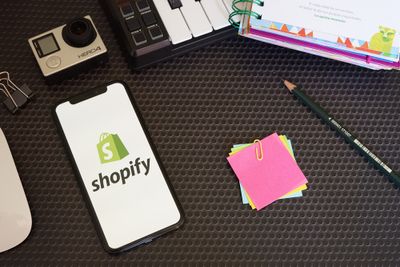eCommerce Entrepreneurs Blog
Read about successful online stores, the best eCommerce apps, marketing strategies, store design, and much more on KeepShoppers' blog.
AllShopify SEOMarketing Your Shopify StoreShipping, Suppliers & Fulfillment
General shopify discussion
General shopify discussion
How to Monitor Competitor Prices to Optimize Your Product PricingPrice is one of the most important factors in ensuring your customers actually purchase your items. In today’s digital-first consumer landscape, around 85% of customers research online before buying aFebruary 28, 2022
General shopify discussion
Top Pricing Strategies for Your Shopify Store With ExamplesA Shopify pricing strategy is a technique used to set the prices for the products and services sold within an online store, and a well-developed pricing strategy sets a price that is both profitable fFebruary 28, 2022
General shopify discussion
How to Change Your Shopify Store Name and Choose a Better NameSettling on a Shopify store name is one of the most important decisions an online business will make. The right Shopify store name will help establish your brand and set expectations for your customerAugust 10, 2021





